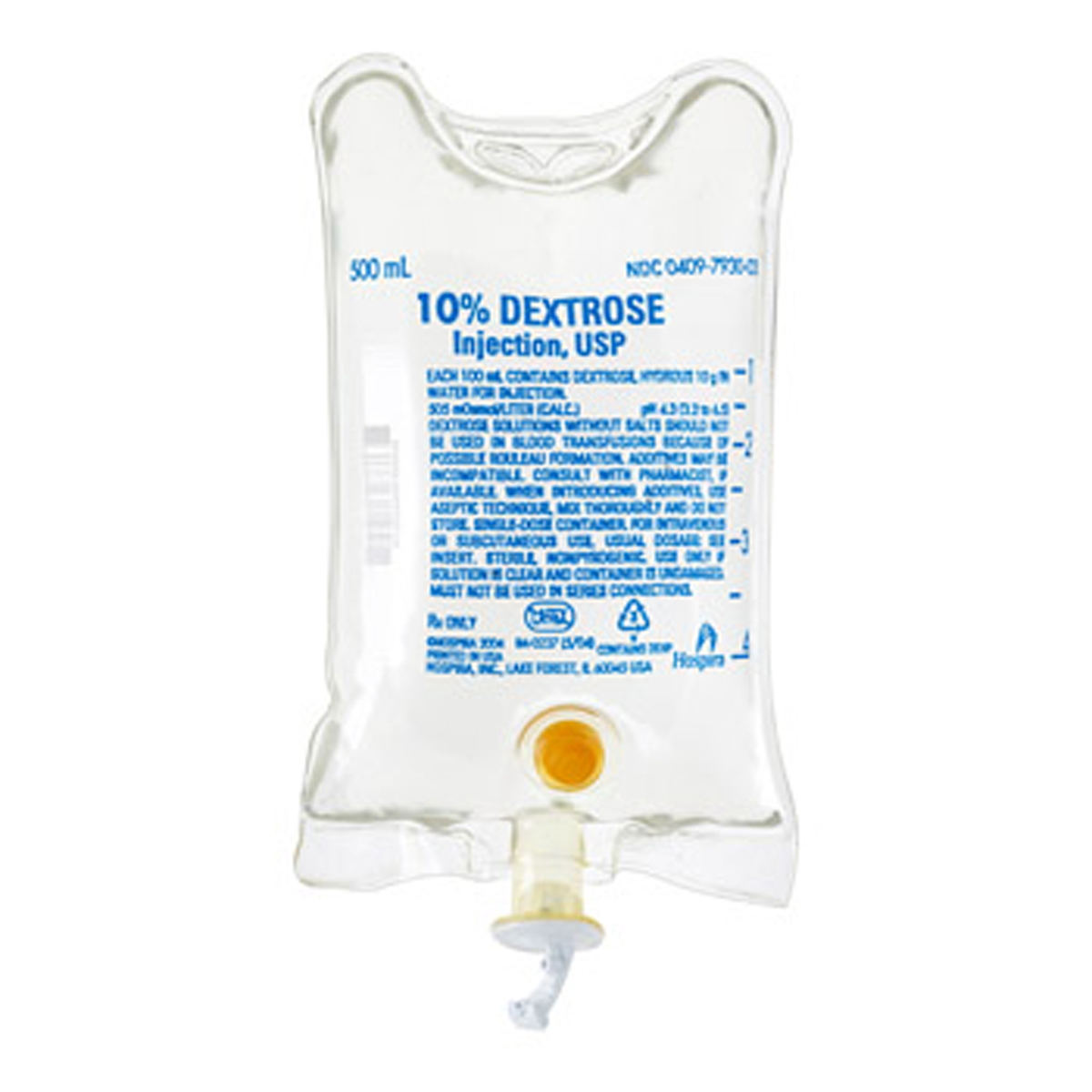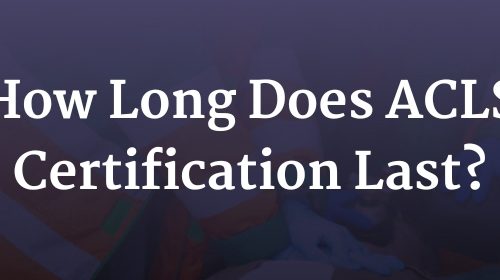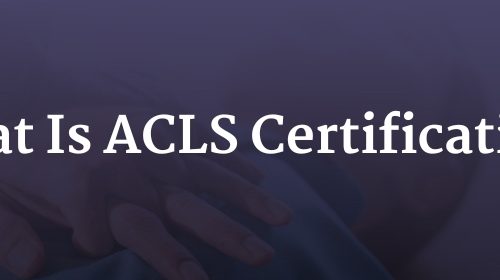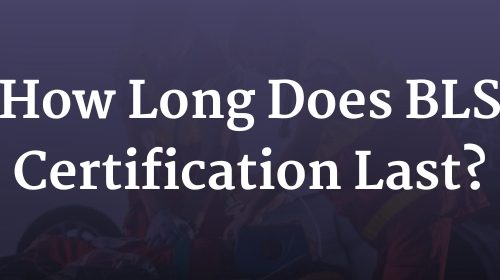Prehospital Use of 10% Dextrose for Management of Severe Hypoglycemia


Diabetic emergencies constitute a substantial percentage of ‘9-1-1’ calls and emergency department visits, with occurrences expected to rise as the percentage of the population diagnosed with diabetes mellitus (DM) increases.1 Severe hypoglycemia, or “diabetic shock”, is generally thought to be a true medical emergency, and treatment has been made widely available for prehospital professionals to provide to patients who are suffering from dangerously low blood glucose levels (BGL).
Traditionally, hypoglycemia which produces unconsciousness warrants obtaining vascular access and administering highly concentrated dextrose-containing solutions intravenously in order to swiftly restore patients to a euglycemic state, but there’s a lack of consensus about just how fast those solutions should be given, or how concentrated that solution should be. A preliminary search of the various treatment algorithms used around North America, the UK, and Australia will turn up two primary methods of dextrose administration (or variations of them). They include:
- Give highly concentrated Dextrose-containing solutions (50% Dextrose in water, or D50W) in an IVP bolus, titrated to effect, with doses ranging from 0.25g/kg to 0.5g/kg (up to 50g) and given over a short period of time.2
- Or, give a diluted dextrose-containing solution (typically 10% Dextrose in water, or D10W), titrated to effect and infused over a longer period of time (typically 5 to 15 minutes).3
The former appears to be more prevalent amongst North American providers, while the latter is more commonly utilized in the UK and Australia.
Does one method work faster than the other?
It’s fair to think that the administration of push-dose 50% Dextrose should result in a quicker resolution of hypoglycemia when we’re comparing to an infusion of D10W, but a study published in the Emergency Medicine Journal in 2005 suggests otherwise.4 The authors compared the time from administration of treatment to the return of normal consciousness (as defined by a Glascow Coma Score of 15) following the administration of incremental doses of 50 ml of D10W (5 grams) vs 10ml aliquots of D50W (5 grams), repeated as necessary. Both groups had almost the exact same time to recovery, averaging about eight minutes each, despite the fact that the D10W group only required a median dose of 10 grams, while the D50W group received a median dose of 25 grams.
Will administering less dextrose result in rebound hypoglycemia?
An article submitted by Kiefer et al, published in Prehospital and Disaster Medicine in 2014, looked at the feasibility, safety, and efficacy of 10% Dextrose for prehospital treatment of hypoglycemia.5 They utilized 100 ml infusions of D10W (10 grams), and over an 18-week period they treated 164 patients, and only 29 of them (18%) required a second dose, and only one required a third dose. They found no reports of adverse events related to the use of D10W, and their analysis of the data suggested that there was “little or no short-term decay in blood glucose values after D10 administration.” Additionally, an article published in 2015 by Arnold et al in the Journal of Intensive Care Medicine demonstrated that the implementation of a careful, titratable approach to the management of hypoglycemia for critically ill patients resulted in less glycemic variability following treatment.6
What are the risks of over-correcting hypoglycemia?
While the data suggests that D10W use is unlikely to result in undertreatment, there’s significant data which shows that the routine use of 50% Dextrose results in an unpredictable over-correction of blood glucose levels. This isn’t new information, as a study published in 1986 looked at the rise in blood glucose levels in both diabetic and non-diabetic patients patients who received a standard bolus of 25 g D50W.7 They found that blood glucose levels rose anywhere between 2.06 mmol/L to 20.56 mmol/L, which equates to a range of 37 to 370 mg/dl. A massive and sudden jump in glucose levels can have many deleterious side effects, including hyperglycemia, glycosuria, hyperosmolar syndrome, and increased morbidity/mortality for patients with concomitant sepsis, MI, or CVA.
Looking beyond some of the more obvious adverse effects of over-correcting hypoglycemia, “The Rollercoaster Effect” is a commonly described short-term side effect brought about following the prehospital administration of D50W, especially in brittle diabetics, or those who have difficulty in controlling their own blood sugars. The wide range of blood glucose levels experienced over a short span of time can precede weeks of glycemic variability, which can make insulin management remarkably more difficult, and often leads to repeated periods of hypo/hyperglycemia. This leads to increased EMS activation and emergency room visits over the coming days, and exposes the patient to more risk of short-term and long-term complications. Perhaps not surprisingly, some samples of patients report having much less incidence of this roller coaster effect after they’ve been treated by EMS personnel who utilized 10% Dextrose infusions, compared to times that they’ve been treated with push-dose D50W for management of their hypoglycemia.
Summary
Emergency medicine has come a long ways since the days of blindly giving every unconscious patient D50W (see: “the coma cocktail”). Use of 10% Dextrose appears to be safe, effective, and efficient for the emergent management of clinically significant hypoglycemia. Protocols and guidelines which recommend the use of D10W instead of D50W are becoming common practice worldwide, and expert opinion supports the implementation of this practice for prehospital providers. Benefits include cost efficiency, reduced glycemic variability, and a decreased risk of side effects including nausea, vomiting, and venous irritation or phlebitis.
For more on this topic, here are a few posts from various sources:
- Should EMS Still Use 50% Dextrose – Rogue Medic
- Is D50 Too Much of a Good Thing? A reappraisal of the safety of 50% dextrose administration in patients with hypoglycemia – JEMS
- D50 vs D10 for Severe Hypoglycemia in the Emergency Department – Academic Life in Emergency Medicine
References
- American Diabetes Association. (2014). National diabetes statistic report. Retrieved from http://www.diabetes.org/diabetes-basics/statistics/
- Canadian Diabetes Association Clinical Practice Guidelines Expert Committee. (2013). Hypoglycemia: Clinical practise guidelines. Canadian Journal of Diabetes, 37(1), S69-S71. Retrieved from http://guidelines.diabetes.ca/app_themes/cdacpg/resources/cpg_2013_full_en.pdf
- Walden, E., stanisstreet, D., Jones, C., & Graveling, A. (2013). The hospital management of hypoglycaemia in adults with diabetes mellitus. Joint British Diabetes Society Guidelines. 1-31. Retrieved from http://orangejuicepr.co.uk/wp-content/uploads/2013/09/Hypo-guidelines.pdf
- Moore, C., & Woollard, M. (2005). Dextrose 10% or 50% in the treatment of hypoglycaemia out of hospital? A randomised controlled trial. Emergency Medical Journal, 22, 512-515. doi:10.1136/emj.2004.020693
- Kiefer, M. V., Hern, H. G., Alter, H. J., & Barger, J. B. (2014). Dextrose 10% in the treatment of out-of-hospital hypoglycemia. Prehospital and Disaster Medicine, 29, 190-194. doi:10.1017/S1049023X14000284
- Arnold, P., Paxton, R. A., McNorton, K., Szpunar, S., & Edwin, S. B. (2015). The effect of a hypoglycemia treatment protocol on glycemic variability in critically ill patients. Journal of Intensive Care Medicine, 30(3), 156-60. doi: 10.1177/0885066613511048
- Adler, P. M. (1986). Serum glucose changes after administration of 50% dextrose solution: Pre- and in-hospital calculations. American Journal of Emergency Medicine, 4(6), 504–506. http://dx.doi.org/10.1016/S0735-6757(86)80004-3





Comments